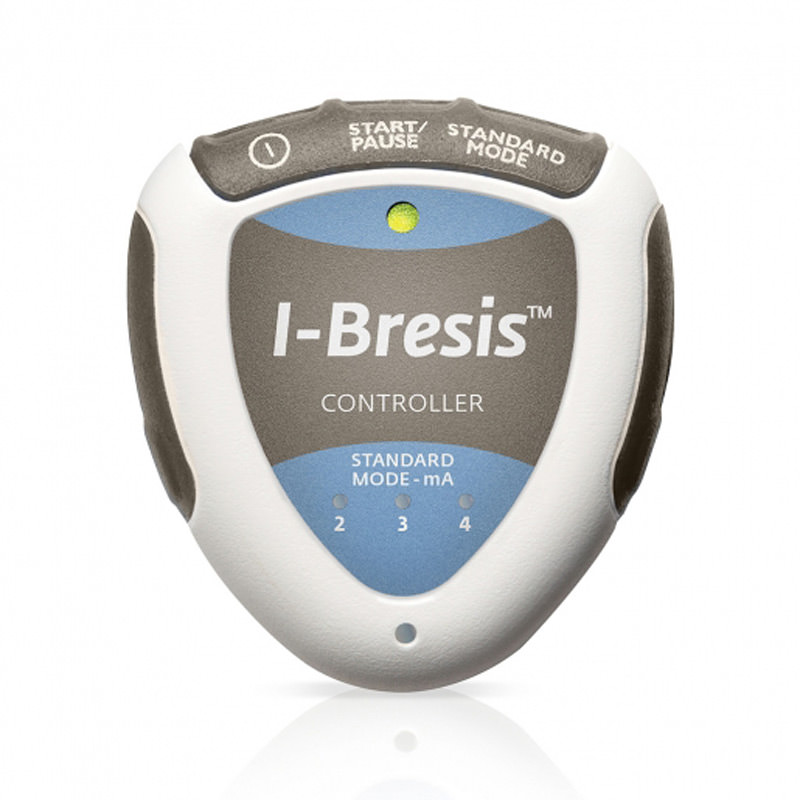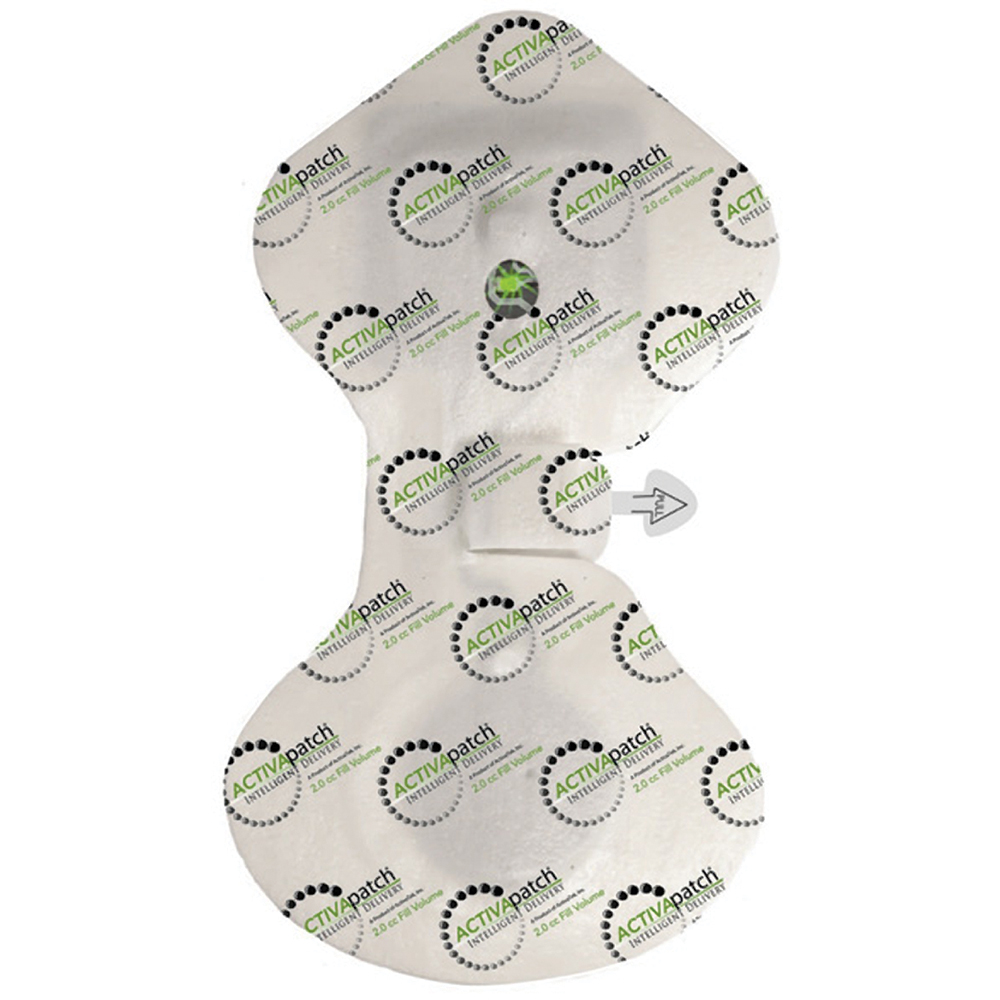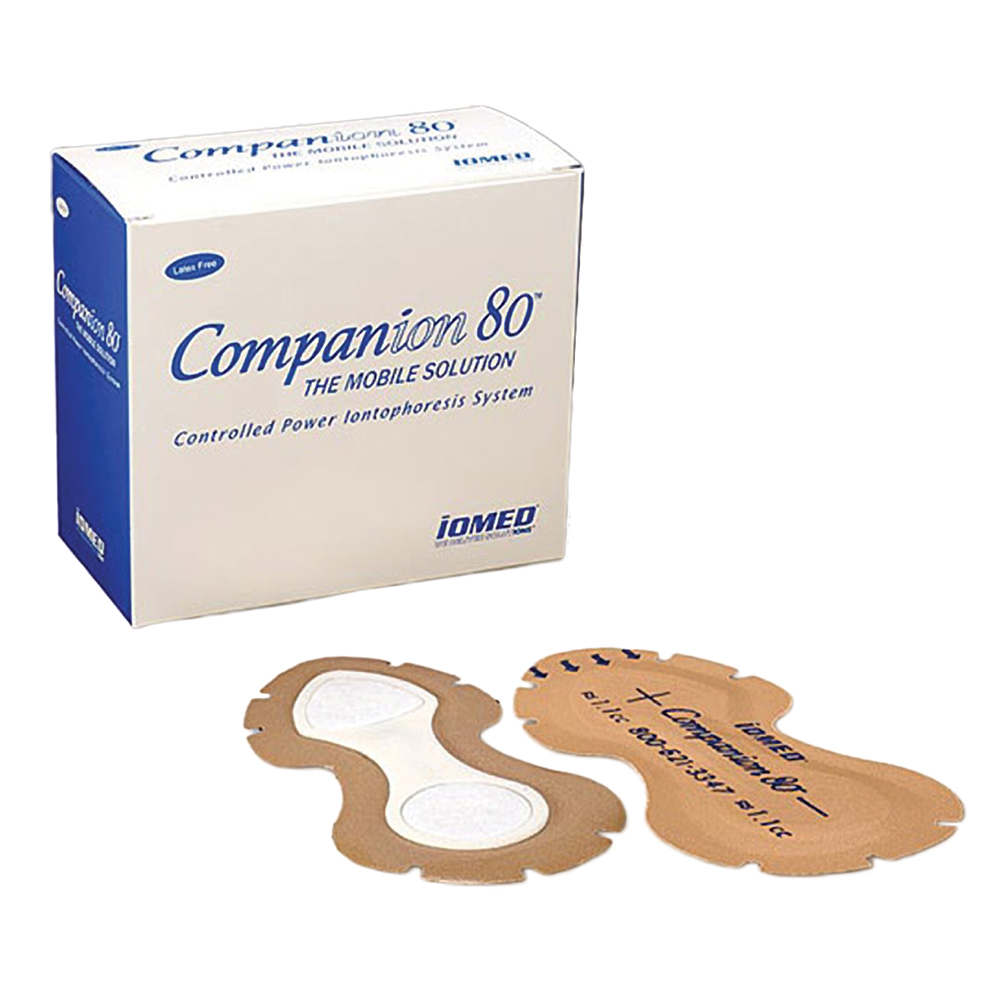What is Iontophoresis?
Iontophoresis is a needle-free method for delivering medicine into a specific area of a patient’s body. Rather than injecting the drug through a syringe, iontophoresis employs a small amount of electrical current to gradually “push” the medicine (contained in a specially engineered transdermal patch) through the patient’s skin and into the underlying tissue. This makes it an excellent alternative for needle-averse patients and also eliminates the potential for tissue trauma from injections.
Iontophoresis for physical therapy patients
Practitioners most frequently utilize iontophoresis treatments to reduce inflammation in their patients, often using the corticosteroid dexamethasone. The medicine is loaded into the iontophoresis patch, and the patch is placed over the affected area. The application of a low-level electrical current causes the drug to migrate into the inflamed tissue. Iontophoresis with dexamethasone is used to treat conditions such as tendonitis, tenosynovitis, plantar fasciitis and bursitis.
Advantages of iontophoresis
The ability of Iontophoresis treatments to diffuse a drug into an affected area makes them ideal for treating inflamed tendons and joints. The patches and electrodes used in the process are typically well tolerated by patients, and don’t have the potential for tissue trauma, pain, or skin infections that multiple injections or tunneling create. This transdermal method also avoids the systemic side effects that orally administered medicines may trigger.
Shop Now
How does iontophoresis work?
This technology utilizes the electric principle of “likes repel.” Dexamethasone, for example, when mixed in a sodium phosphate solution, is composed of negatively charged ions. When the solution is loaded into the negative-charge portion of the iontophoresis device and a negative current is applied, the resulting energy pushes the negatively charged molecules of the drug through the skin and into the underlying tissue. (A drug with positive ions would be placed in the positive side to achieve the same effect.) Once through the outer skin layer, the medicine naturally diffuses and circulates internally.
The time required to deliver the medicine varies by the amount of medicine and the type of iontophoresis device used. A “wired” system can deliver medicine in as little as 15-20 minutes, but requires the patient to stay connected to the device. Recently developed “wireless” systems are battery-powered and wearable, allowing the patient to leave the PT’s office. These devices can be left on for a prescribed number of hours – ensuring that the full dosage of medicine is delivered – and then removed.
Shop Now

Want to learn about the new I-Bresis Hybrid Iontophoresis System? Click here to learn more!
Learn More

